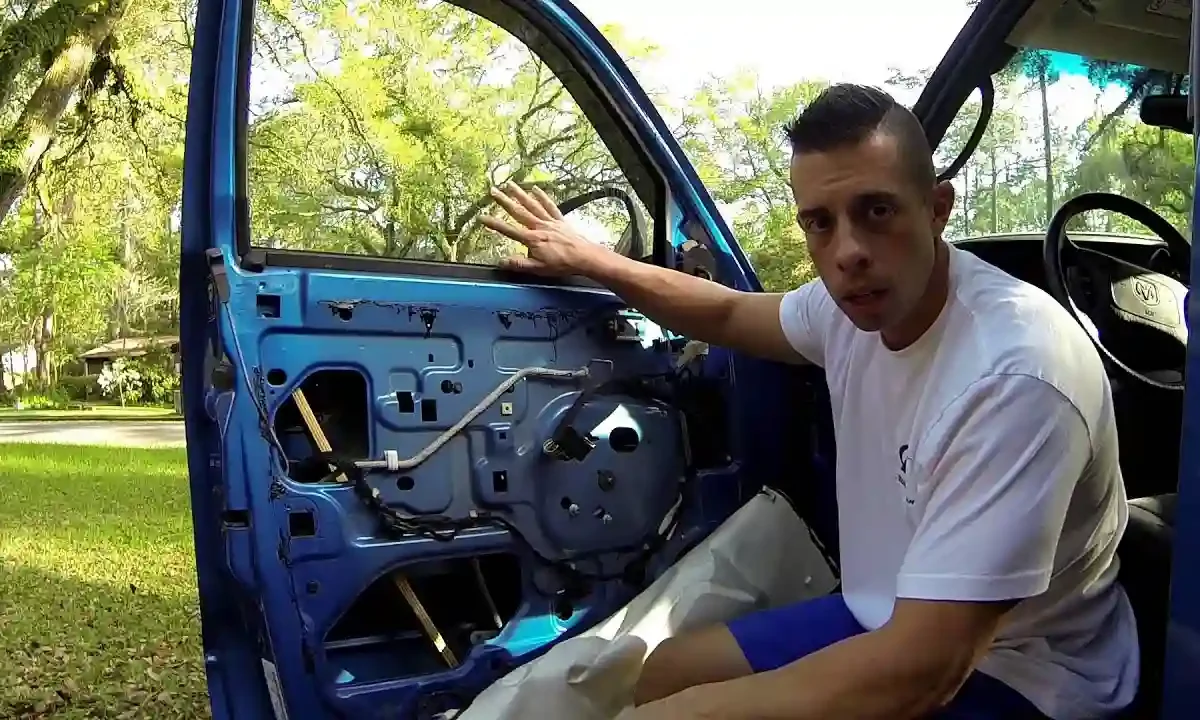Your car’s window regulator is a crucial component that enables you to open and close your windows with ease. Whether you have power windows or manual windows, the window regulator plays a central role in the smooth operation of your vehicle’s windows. To ensure the longevity of this essential part and avoid costly replacements, it’s essential to perform regular maintenance. In this article, we’ll discuss how to maintain your car’s window regulator to keep it functioning smoothly for years to come.
Understanding the Window Regulator:
Before diving into maintenance tips, let’s briefly review what a window regulator is and how it works. A window regulator is a mechanical or electrical device that controls the movement of your car’s windows. It consists of various components, including cables, pulleys, and an electric motor (in the case of power windows). When you press the window switch, the window regulator engages and moves the window glass up or down along its track.
Maintenance Tips for Your Car’s Window Regulator:
Regular Testing:
One of the simplest ways to maintain your window regulator is by regularly testing your car’s windows. This involves operating each window to ensure that they move up and down smoothly without any unusual noises or interruptions. If you notice any issues, such as slow or jerky movement, address them promptly to prevent further damage to the regulator.
Keep the Window Tracks Clean:
Dust, debris, and grime can accumulate in the window tracks over time, hindering the smooth movement of the window. Periodically clean the window tracks using a soft brush or a vacuum cleaner. This will help prevent excess strain on the window regulator.
Lubricate the Window Tracks:
Proper lubrication is essential to ensure the smooth operation of the window regulator. Applying a suitable lubricant to the window tracks can reduce friction and wear on the components. Silicone-based lubricants are often recommended for this purpose. Apply lubricant sparingly to avoid excess buildup, which can attract dust and debris.
Inspect and Replace Weatherstripping:
The weatherstripping around your car’s windows can deteriorate over time, allowing moisture and debris to enter the door panel. This can lead to corrosion and damage to the window regulator components. Inspect the weatherstripping regularly and replace it if you notice signs of wear or damage.
Check for Window Seal and Alignment:
Ensure that the windows seal properly when closed and that they are aligned within the frame. Misalignment can put extra stress on the window regulator and lead to premature wear. If you notice issues with sealing or alignment, have them addressed by a professional.
Avoid Slamming Doors:
Forcefully slamming car doors can send shock and vibrations through the vehicle, potentially impacting the window regulator. Close car doors gently to prevent unnecessary stress on the components.
Operate Windows with Care:
When using your car’s power windows, avoid rapidly rolling them up and down, as this can put additional strain on the window regulator. Instead, use a gradual approach when adjusting the windows to minimize stress on the components.
Protect from Extreme Temperatures:
In very hot or very cold weather, use caution when operating your windows. Gradually raise or lower the windows to minimize stress on the regulator components. Additionally, consider using sunshades to protect your interior from direct sunlight, which can damage seals and weatherstripping.
Diagnose Electrical Issues Promptly:
If your vehicle has power windows and you experience electrical problems, such as windows not responding to the switch, diagnose and address the issue promptly. Electrical issues can affect the window regulator’s performance, and early intervention can prevent further damage.
Regularly Inspect Wiring and Electrical Connections:
For vehicles with power windows, it’s essential to inspect the wiring and electrical connections related to the window regulator. Check for loose or corroded connections and address them as needed to maintain proper electrical function.
Be Mindful of Aftermarket Accessories:
Adding aftermarket accessories like window tints or adhesive window film can affect the smooth operation of your windows. Ensure that any added components do not interfere with the window regulator’s movement.
Consult the Owner’s Manual:
Your car’s owner’s manual may provide specific maintenance recommendations for the window regulator. Consult the manual to see if there are any manufacturer-recommended maintenance tasks or lubrication schedules.
When to Seek Professional Help:
While regular maintenance can go a long way in preserving the life of your car’s window regulator, there may come a time when professional assistance is necessary. Here are some situations in which you should seek the expertise of a mechanic or auto technician:
- If you encounter issues with your window regulator that you are unable to diagnose or resolve on your own.
- If you notice signs of severe wear or damage to the regulator components, such as frayed cables or broken pulleys.
- If you experience electrical problems with your power windows, such as issues with the window motor or switch.
- If the window regulator requires replacement due to extensive damage or wear and tear.
Professional technicians have the knowledge, tools, and expertise to address complex issues and perform window regulator replacement if necessary.
In conclusion, proper maintenance of your car’s window regulator is essential for ensuring its longevity and smooth operation. Regular testing, cleaning, lubrication, and inspection of related components can help prevent premature wear and damage. By following these maintenance tips and addressing any issues promptly, you can enjoy the convenience of smoothly operating windows and avoid costly window regulator replacements.


